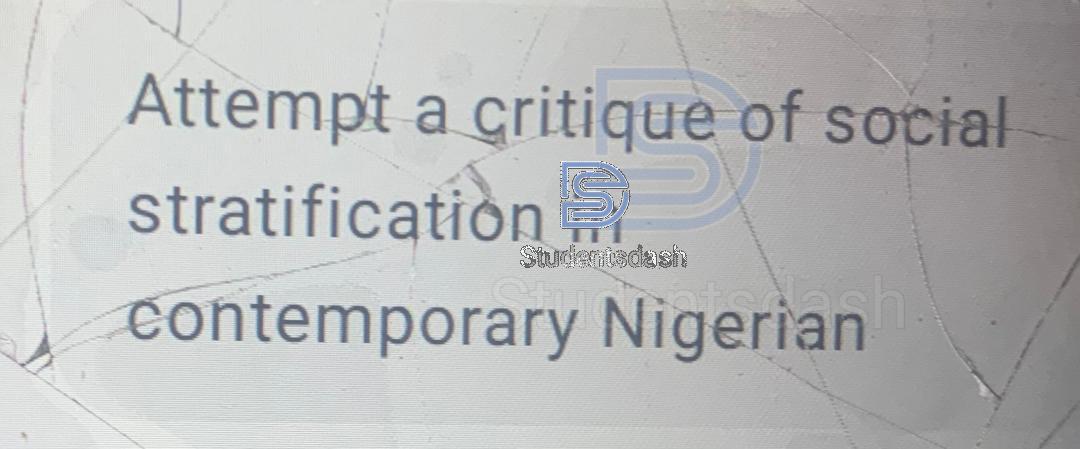- Eco 191
- Department
Economics- Assignment Questions
What is the rationale of strategic communication
The Rationale of Strategic Communication
Strategic communication refers to the planned and purposeful exchange of information to achieve specific organizational goals. It involves the use of communication strategies to influence opinions, behaviors, and decision-making processes within and outside an organization. The rationale behind strategic communication is rooted in its ability to enhance efficiency, strengthen relationships, and achieve desired outcomes. Below are key reasons why strategic communication is important:
1. Enhancing Organizational Effectiveness
Strategic communication ensures that messages are clear, consistent, and aligned with an organization’s goals. By effectively communicating with employees, customers, and stakeholders, an organization can improve productivity, teamwork, and overall efficiency.
• Example: A business implementing a new policy must communicate it clearly to employees to ensure compliance and avoid misunderstandings.
2. Strengthening Brand Image and Reputation
Organizations use strategic communication to build and maintain a positive public image. Proper communication helps create trust and credibility, which are essential for long-term success.
• Example: A company facing a crisis, such as a product recall, can use strategic communication to address public concerns, reassure customers, and protect its brand reputation.
3. Influencing Decision-Making and Public Perception
Strategic communication is essential in shaping public opinion and influencing decisions in business, politics, and social movements. Organizations use it to persuade stakeholders, investors, and the general public to support their initiatives.
• Example: A government agency promoting a new policy may use strategic communication through media campaigns to gain public support.
4. Facilitating Crisis Management
During crises, effective communication is crucial in managing risks and controlling damage. Strategic communication allows organizations to respond quickly and appropriately to negative situations.
• Example: A bank experiencing a cyberattack must use strategic communication to inform customers, assure them of security measures, and maintain trust.
5. Supporting Business Growth and Competitive Advantage
In competitive markets, organizations use strategic communication to differentiate themselves and attract customers. This includes marketing campaigns, public relations, and corporate social responsibility initiatives.
• Example: A company launching a new product uses strategic communication through advertisements, social media, and press releases to generate demand and outshine competitors.
6. Strengthening Internal Communication and Employee Engagement
Strategic communication is not just for external audiences—it also plays a crucial role within organizations. Clear and transparent communication with employees improves morale, motivation, and teamwork.
• Example: A company introducing new technology must train and inform employees effectively to ensure a smooth transition.
Conclusion
The rationale for strategic communication lies in its ability to enhance organizational effectiveness, manage crises, influence public perception, support growth, and strengthen relationships. Whether in business, government, or social settings, strategic communication is a powerful tool for achieving desired outcomes.

